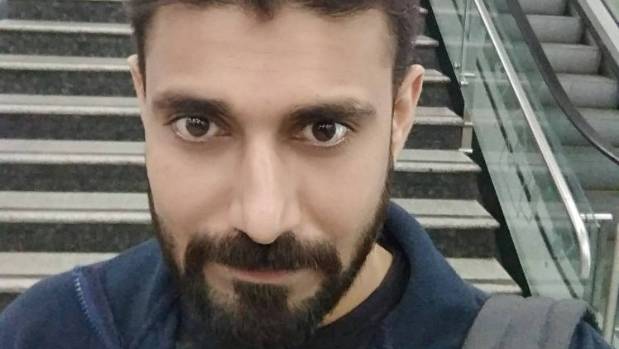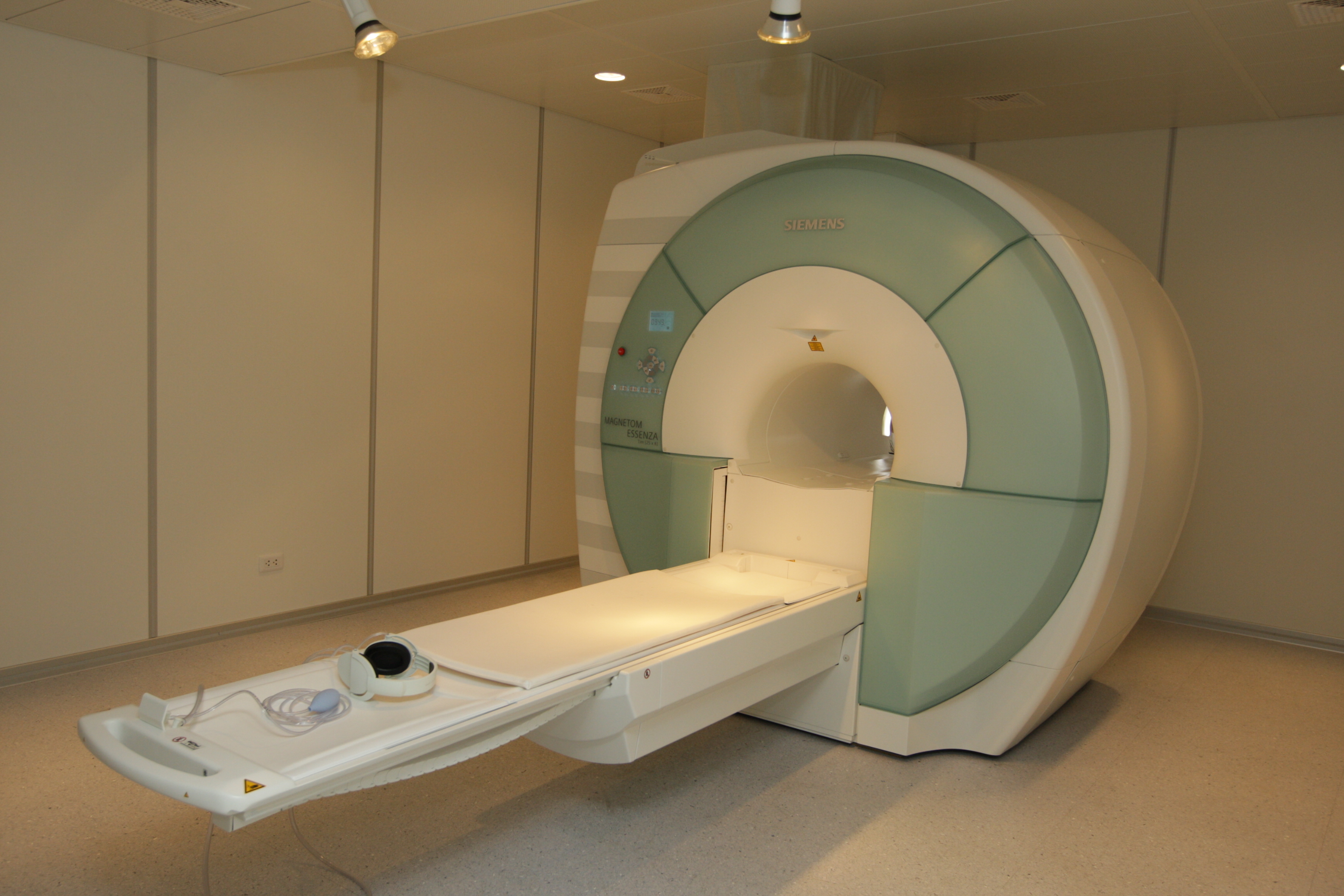Man Killed by MRI Machine: On Whom Does the Responsibility Lie?
The force of the device's 10-ton magnet is about 30,000 times as powerful as Earth's magnetic field and 200 times stronger than the common refrigerator magnet.

In what can only be described as a horrific tragedy, 32-year-old Rajesh Maruti Maru, who had accompanied a relative for a Magnetic Resonance Imaging (MRI) scan in a hospital in Mumbai, was killed by the machine.
Rajesh was carrying an oxygen cylinder for the ailing relative as he entered the scan room. As a general rule, one is forbidden to enter the room with anything metallic. Patients and accompanying relatives are often even asked to remove hairpins and safety pins before entering the MRI room.
Magnetic resonance imaging uses electromagnetic waves to produce highly detailed 3-dimensional images of the body. The device was invented in the early 1970s and first used on humans in 1977. The force of the device’s 10-ton magnet is about 30,000 times as powerful as Earth’s magnetic field and 200 times stronger than the common refrigerator magnet.
Within seconds of entering the room, the MRI machine’s powerful magnetic pull sucked Rajesh in. Various reports suggest that Rajesh was wedged between the MRI machine and the cylinder, with the magnetic field making it impossible to pull away.
Given that hospitals are supposed to have clear standard operating procedures for MRI room usage and safety requirements, questions about how Rajesh was allowed to enter with the oxygen cylinder are being raised now.

Photo Source: Facebook
While arrests have been made, the issue is that a life has been lost for easily preventable reasons. We need to look into more significant problems that need to be addressed:
1. Is it enough for hospitals, clinics, and imaging centres to display on signboards that carrying metallic objects can be harmful?
2. Whom does the liability lie on, to ensure that these rules are followed?
3. Was there no training or orientation provided to the MRI operators/radiologists that they did not notice the oxygen cylinder? Is the hospital guilty of gross negligence or is the MRI vendor liable for not providing sufficient training/education?
We, at The Better India, spoke to a radiologist, Dr Haree Shankar and a lawyer, Anoop Kaushal to get some answers.
Dr Haree Shankar, of Sentinel Radiology who says, “ In an ideal hospital, we have designated areas in the zone where the MRI machine is placed. There is constant education for all the personnel who work in this area. Even the equipment’s we use in these areas like stretchers are non-metallic. The key here is education and awareness. Every person who enters or comes in the vicinity of these machines must be educated on the dos and don’ts very clearly. ”
“Unfortunately or fortunately the procurement of MRI machines has been made easy, and that has led to many clinics setting up these imaging centres. However, there are no clear guidelines on its usage, and that is where the lacunae are.”

Photo Source: Flickr
“MRI technicians usually have a metal detector like those you find in airports and the patient who is going in is frisked before entering the room. Each morning the radiologists and the personnel working in this area keep their belonging in a locker before entering the MRI area. This is to ensure that in case of an emergency we don’t go into the MRI room inadvertently with our cell phones or other objects.”
Anoop Kaushal, a practising advocate with many years of experience, says, “I would go one step further and say that the onus will lie on the manufacturers. In India, anything that is exported is hailed as being of great quality standards, and the same thing made in India is questioned. It is high time that we became prudent consumers and chose wisely.”
Anoop says, “Lives are valuable everywhere. A similar case in any other country would be dealt with in strict terms. Why then are we allowing such cases to take place in India without strict penal action?”

Despite seemingly having taken precautions, Rajesh, unfortunately, lost his life to what can be called the negligence on the part of the hospital and the manufacturers. Here’s hoping that this case is an example to ensure that we lose no more lives to such accidents.
You May Also Like: Key Points of the National Medical Commission Bill You Need to Know
Like this story? Or have something to share?
Write to us: [email protected]
Connect with us on Facebook and Twitter.
NEW: Click here to get positive news on WhatsApp!

Similar Story

Laundromats in India? Couple Built Rs 100 Crore Biz Washing Dirty Linen Across 100 Cities
Faridabad’s Arunabh Sinha and his wife Gunjan Taneja launched UClean in 2017 to set up an organised laundromat service in India. Currently, they are spread across 100+ cities and have 350+ outlets across the country.
Read more >
If you found our stories insightful, informative, or even just enjoyable, we invite you to consider making a voluntary payment to support the work we do at The Better India. Your contribution helps us continue producing quality content that educates, inspires, and drives positive change.
Choose one of the payment options below for your contribution-
By paying for the stories you value, you directly contribute to sustaining our efforts focused on making a difference in the world. Together, let's ensure that impactful stories continue to be told and shared, enriching lives and communities alike.
Thank you for your support. Here are some frequently asked questions you might find helpful to know why you are contributing?


This story made me
-
97
-
121
-
89
-
167












